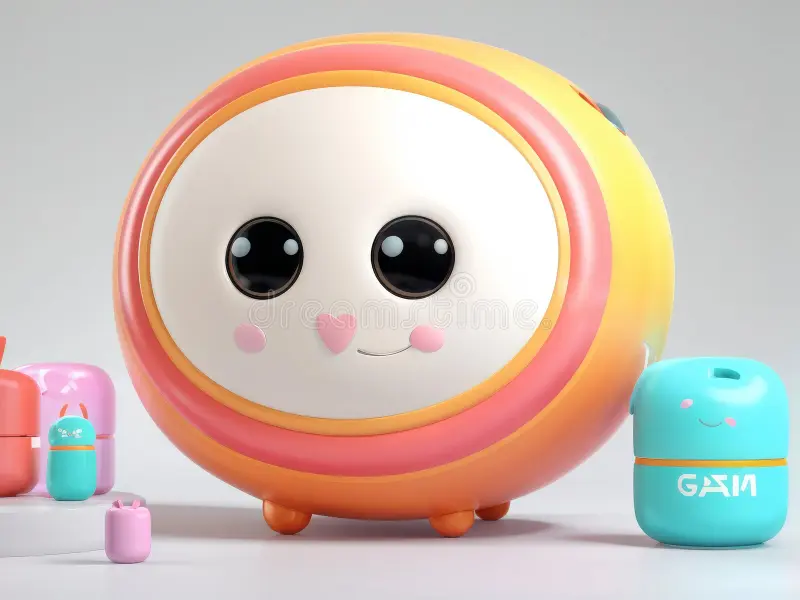
Playsourcehome – AI-powered toys continue to enter households worldwide. These toys promise learning, fun, and interactivity for kids of all ages. However, some parents express concern. While toy companies market these products as educational, privacy and safety issues emerge. Several researchers argue that AI toys collect sensitive data. Others point to behavioral impacts on children. This article explores how these toys work and the potential risks they pose.
AI toys often include microphones and cameras for interaction. They listen, record, and sometimes store everything a child says. Toy makers say data is only used to improve responses. However, reports show companies rarely explain how long data is kept. In many cases, toys upload audio to cloud servers. Parents remain unaware their child’s voice is analyzed remotely. Some toys even include facial recognition software. This technology raises ethical questions regarding children’s rights.
“Read More: Traditional Thai Dance Performance Locations, Entertainment in Thailand”
Most AI toys learn patterns over time. They observe play habits, favorite phrases, and even mood changes. While this may seem helpful, it creates digital profiles. These profiles are built silently. Children do not know they’re being monitored. In fact, many parents are unaware as well. Toys rarely ask for repeated consent. Once connected to Wi-Fi, they function independently. Some even update their behavior via hidden software patches. This silent data exchange fuels growing concerns.
Children bond easily with AI-powered toys. These toys speak, react, and often mimic emotional understanding. However, this bond can affect emotional development. Kids may expect similar responses from real people. Some researchers argue that AI toys blur human-machine boundaries. This confusion could reduce social skills over time. Furthermore, children might trust these devices too much. They may share secrets or ask questions meant for adults. The toy cannot respond with empathy or judgment. That’s a serious limitation.
“Read About: Best Outdoor Play Equipment and Educational Toys for Kids Play Activities”
Security experts warn that AI toys are vulnerable to hacking. Many operate using outdated software. Others rely on weak encryption for data storage. If compromised, they become spying tools. Hackers could access the toy’s microphone or camera. They could also steal voice recordings and images. In 2017, one major toy company leaked thousands of voice files. This breach included children’s names and private messages. Incidents like this prove these risks are real. Proper security isn’t optional; it’s essential.
Governments struggle to regulate smart toys effectively. Existing laws often don’t address AI-specific risks. Some countries have banned toys with certain features. Germany, for example, outlawed a doll named Cayla. It secretly connected to the internet and sent audio files. Still, many AI toys remain unregulated elsewhere. There’s no global standard for toy data privacy. Without strict rules, companies prioritize innovation over safety. This legal gap leaves children exposed to digital harm.
Because regulations lag, responsibility falls on families. Parents must read device manuals thoroughly. They should disable unnecessary features if possible. In addition, location services should always be off. Teaching children not to overshare with toys is crucial. Families should also monitor how toys evolve over time. Some update automatically without alerts. That change could introduce new risks silently. Parental awareness serves as the first line of defense.
AI toys promise learning through games and storytelling. They help children practice language and basic coding skills. Yet, these benefits must be weighed against ethical concerns. Collecting data without informed consent remains questionable. Teaching children to rely on machines for companionship is also problematic. If unregulated, educational tools may become tools for exploitation. Toy companies must balance creativity with responsibility. Without accountability, innovation loses its moral ground.
Manufacturers should clearly explain what their toys do. They must provide visible data policies. Also, they should disclose who has access to stored information. Frequent software updates must include detailed notes. Hiding changes behind vague terms creates mistrust. In addition, they should offer parental dashboards. These dashboards help control and monitor interactions. Transparency builds trust, which is critical for children’s safety.
Future versions must include better safeguards. For example, offline modes should be the default. Toys should notify users before collecting data. Real-time parental alerts could prevent harmful conversations. Companies can also use edge AI to avoid cloud storage. This change keeps data local and safer. Most importantly, toys should adapt to ethical standards, not just technical ones. Developers must design with childhood protection in mind.
AI toys sit at the intersection of technology and childhood. As they become more common, society must decide their role. Should they be companions, educators, or both? What boundaries must exist in machine-child interaction? Until these questions are answered, risks will persist. Widespread use without ethical reflection may backfire. Toy makers, parents, and policymakers must collaborate. Only through shared responsibility can AI toys serve children safely.